12 Pros and Cons of Settling in the Pacific Northwest

Considering a move to the Pacific Northwest? This scenic region is known for its lush landscapes, progressive cities, and strong sense of community. But life in the PNW isn’t all mountaintops and microbreweries, it comes with a unique set of benefits and trade-offs. From outdoor living and green culture to housing costs and gray skies, here are 12 pros and cons to know before settling down in this iconic corner of the United States.
Inspired Outdoors Lifestyle
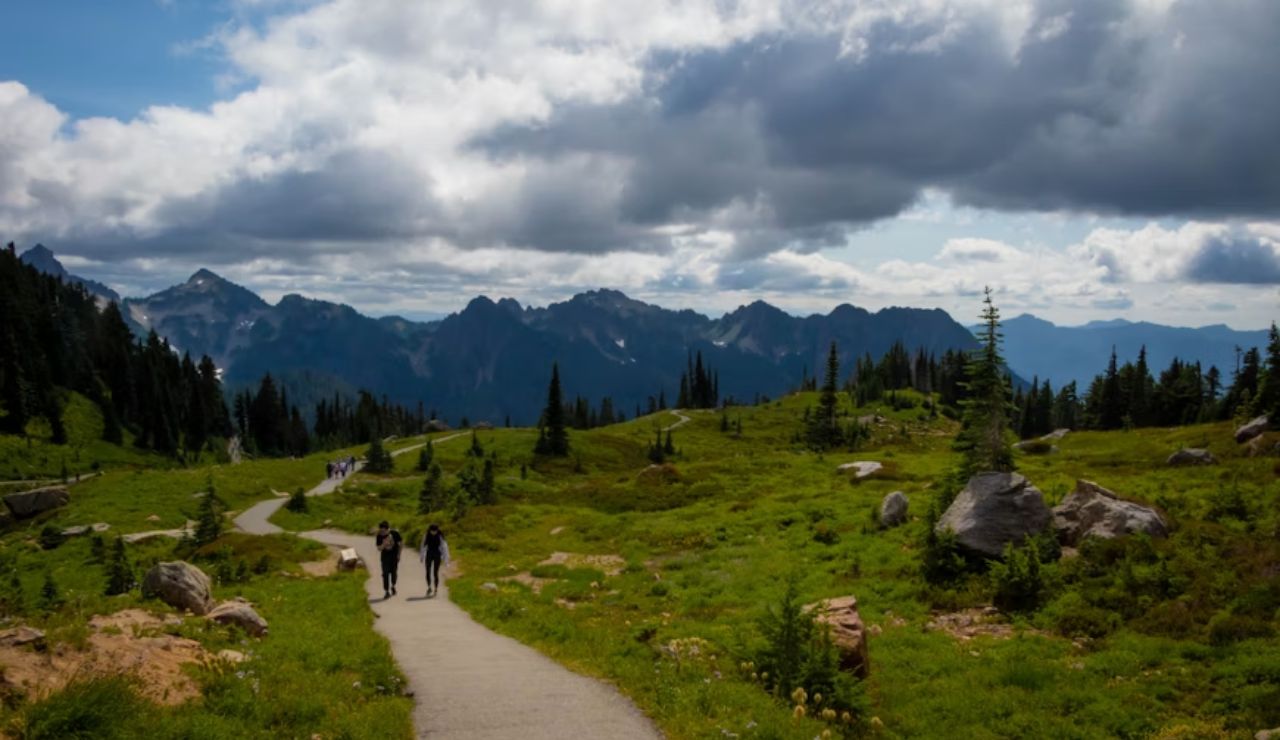
The PNW is a nature lover’s paradise. Whether you enjoy hiking, mountain biking, kayaking, or snowshoeing, there’s always an adventure waiting. With national parks like Olympic, Crater Lake, and Mount Rainier nearby, it’s easy to access untouched wilderness. The coastline, forested trails, and scenic byways invite spontaneous getaways. If you thrive on fresh air, open space, and mountain views, this region truly delivers outdoor inspiration daily.
Frequent Rain and Overcast Days
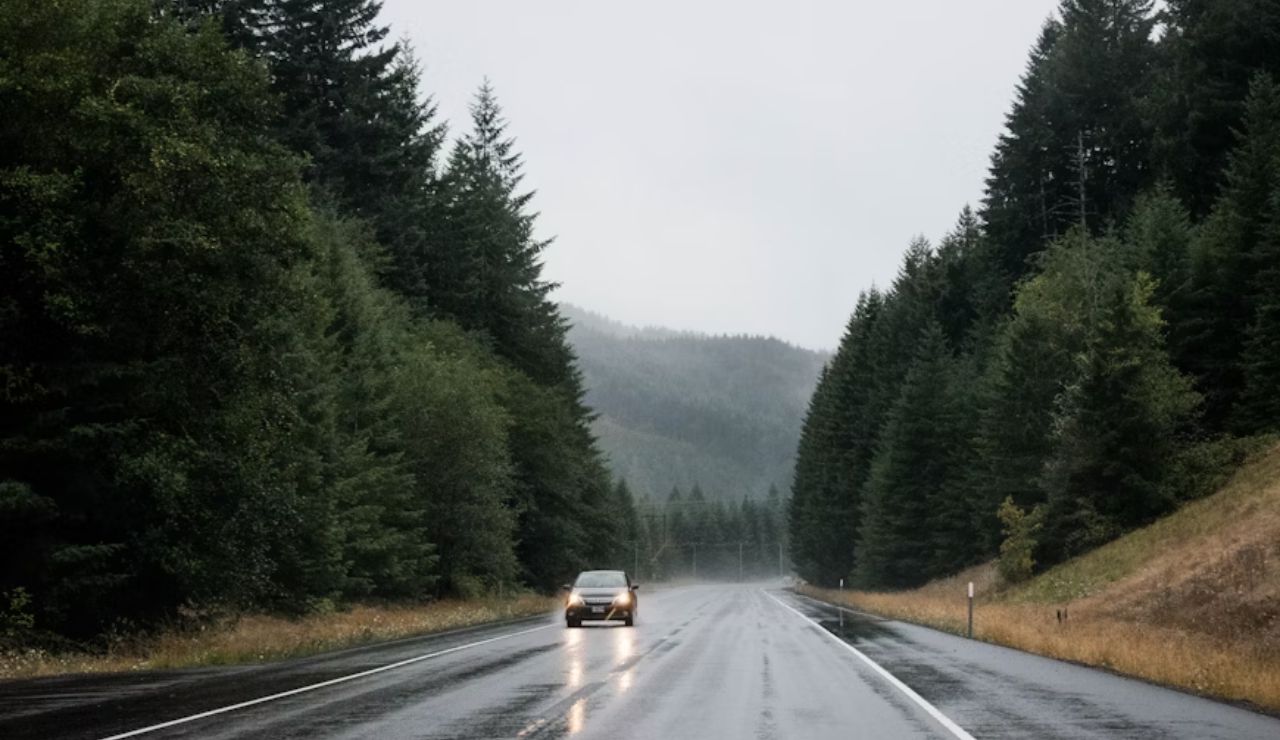
Rain is a regular guest in the Pacific Northwest, especially from fall through spring. Cities like Seattle and Portland experience long stretches of gray, drizzly days. While some residents embrace the moody atmosphere, others struggle with the lack of sun. Seasonal Affective Disorder (SAD) is common here. If you crave constant sunshine, the persistent cloud cover may wear on your mood over time, especially during darker winter months.
Thriving Local Food Scene
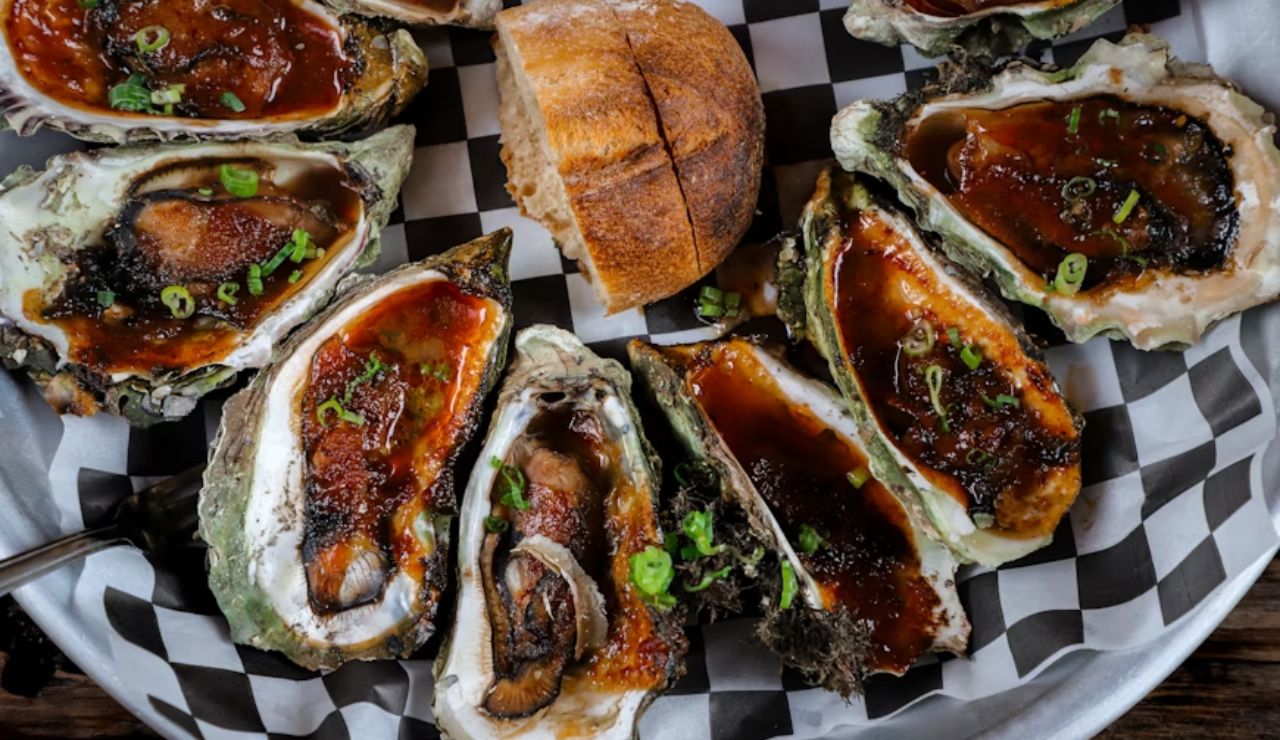
The region is famous for its food culture. Local farmers’ markets, seafood shacks, food trucks, and craft coffee roasters thrive here. Oregon’s wine country and Washington’s apple orchards add even more local flavor. Whether it’s fresh-caught salmon, wild mushrooms, or world-class espresso, the PNW celebrates seasonal, sustainable ingredients. If you love eating locally and discovering new flavors, this region is a culinary playground year-round.
High Cost of Living

Affordability is a growing concern in the Pacific Northwest. Real estate prices in cities like Seattle, Bellevue, and Portland have surged. Groceries, gas, and utilities also run high compared to the national average. Even some smaller towns near desirable outdoor areas are becoming expensive. Without a strong income or flexible housing arrangement, newcomers may find themselves financially stretched while trying to settle in comfortably.
Eco-Conscious Culture
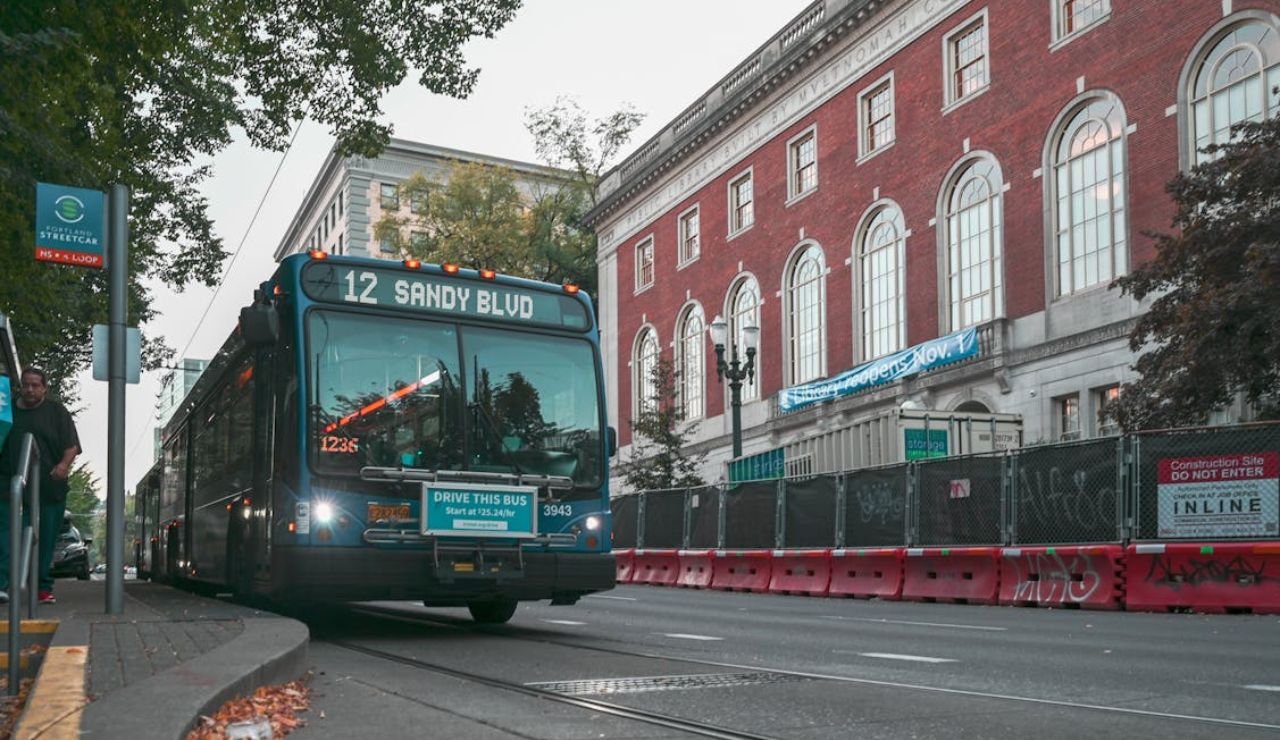
Environmental values are deeply embedded in the PNW lifestyle. Cities lead in composting, recycling, and clean energy use. Many residents bike to work, drive electric cars, or rely on public transport. Local governments promote green building and zero-waste initiatives. You’ll find refill shops, plant-based restaurants, and sustainable clothing brands everywhere. If you care about reducing your footprint, you’ll feel right at home living here.
Traffic and Transit Limitations

Despite its eco-consciousness, the region faces traffic woes. Seattle’s rush hour is notoriously long, and Portland’s infrastructure hasn’t kept up with population growth. Light rail exists but coverage is limited. Public transit is improving, but many still rely on cars, especially in suburban and rural areas. Congestion and commute times can be frustrating, especially when paired with frequent rain and unpredictable weather delays.
Innovative, Creative Communities
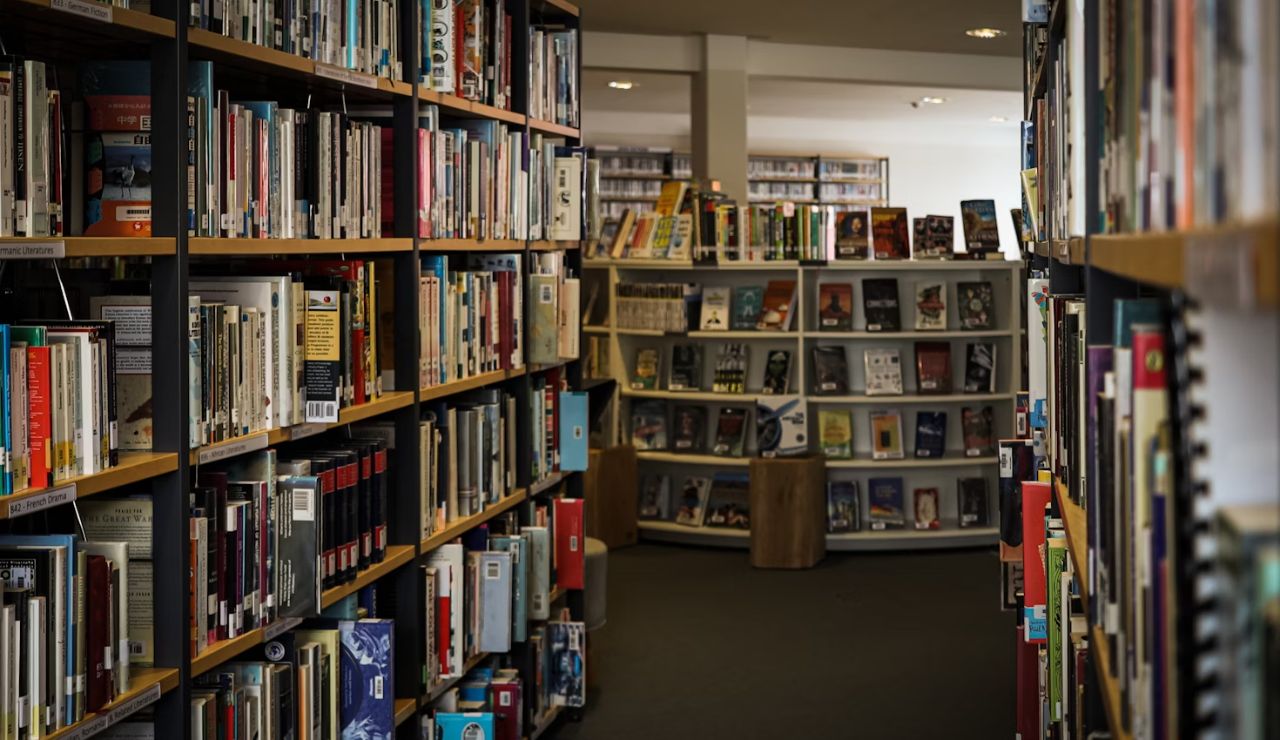
Creativity thrives in the Pacific Northwest. From indie bookstores and local art shows to tech startups and co-working spaces, there’s room for big ideas and bold expression. Portland embraces its weirdness with open arms, while Seattle is home to game developers, musicians, and engineers. Cities invest in creative spaces and support local makers. Whether you’re in tech, art, or crafts, the PNW encourages innovation and individuality.
Earthquake and Volcanic Risks
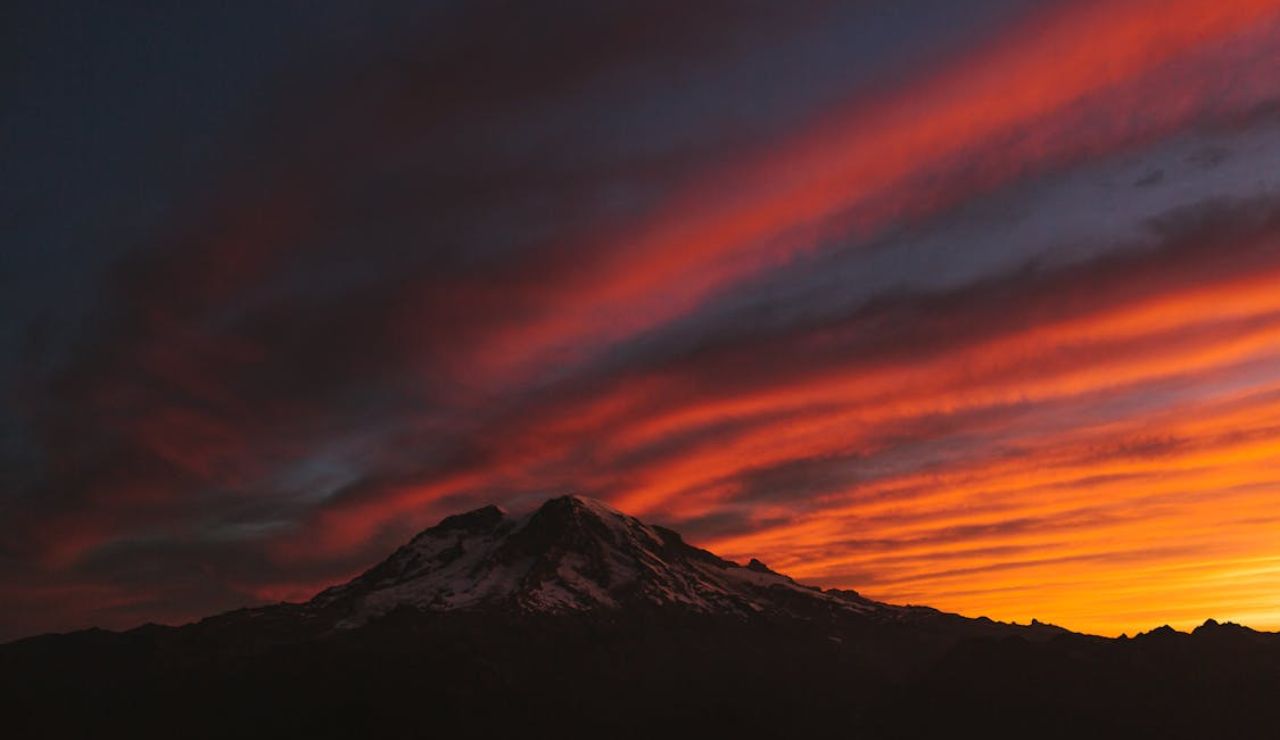
The PNW is located along the Cascadia Subduction Zone, a major seismic fault. Earthquake readiness is a concern, especially in coastal and urban areas. Volcanic mountains like Mount Rainier and Mount St. Helens are stunning but also active. Emergency preparedness is a must, and some regions require earthquake insurance. While large-scale events are rare, the potential for disruption is part of life here and should not be ignored.
Rich Natural Diversity
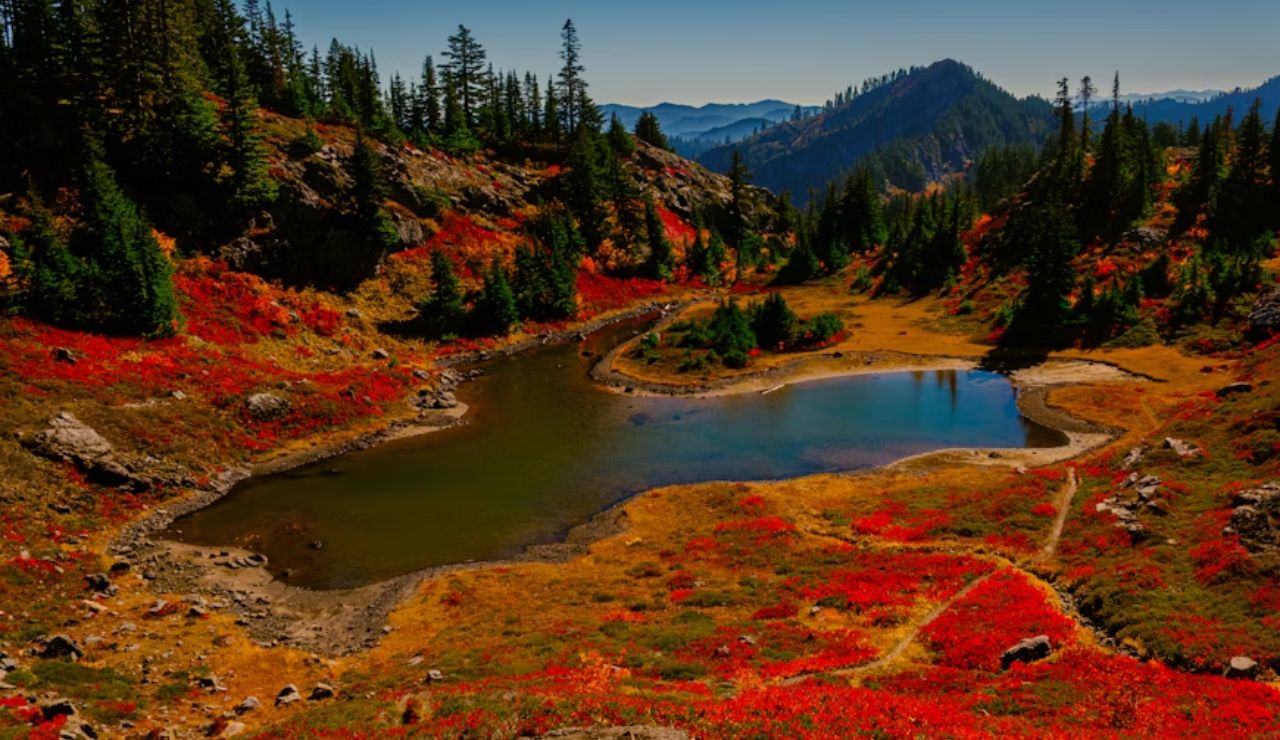
Where else can you surf in the morning and ski by afternoon? The PNW offers mountains, rivers, rainforests, and desert landscapes, all within reach. You can explore tide pools, hot springs, glaciers, and vineyards without leaving the region. This variety makes it easy to personalize your lifestyle and weekend plans. No matter your idea of “getting outside,” you’ll find the right environment somewhere in this ecologically rich corner of the country.
Housing Market Challenges

Rising demand and limited housing inventory have made the real estate market highly competitive. Many buyers face bidding wars and waived inspections. Renters also feel the squeeze with rising monthly costs and limited availability. Zoning laws and slow construction add to the bottleneck. Even in smaller towns, demand has driven prices up. Finding affordable, stable housing in desirable areas can be one of the biggest hurdles to relocating.
Healthy, Active Lifestyle Focus

Health and wellness are part of everyday culture. You’ll see people walking, running, biking, and doing yoga in parks year-round. Outdoor fitness, organic food, and holistic wellness are widely embraced. Even small towns offer co-ops, juice bars, and hiking clubs. With clean air, scenic trails, and community support for healthy living, the region encourages movement and mindful habits for people of all ages and lifestyles.
Limited Sunshine and Short Winters Days
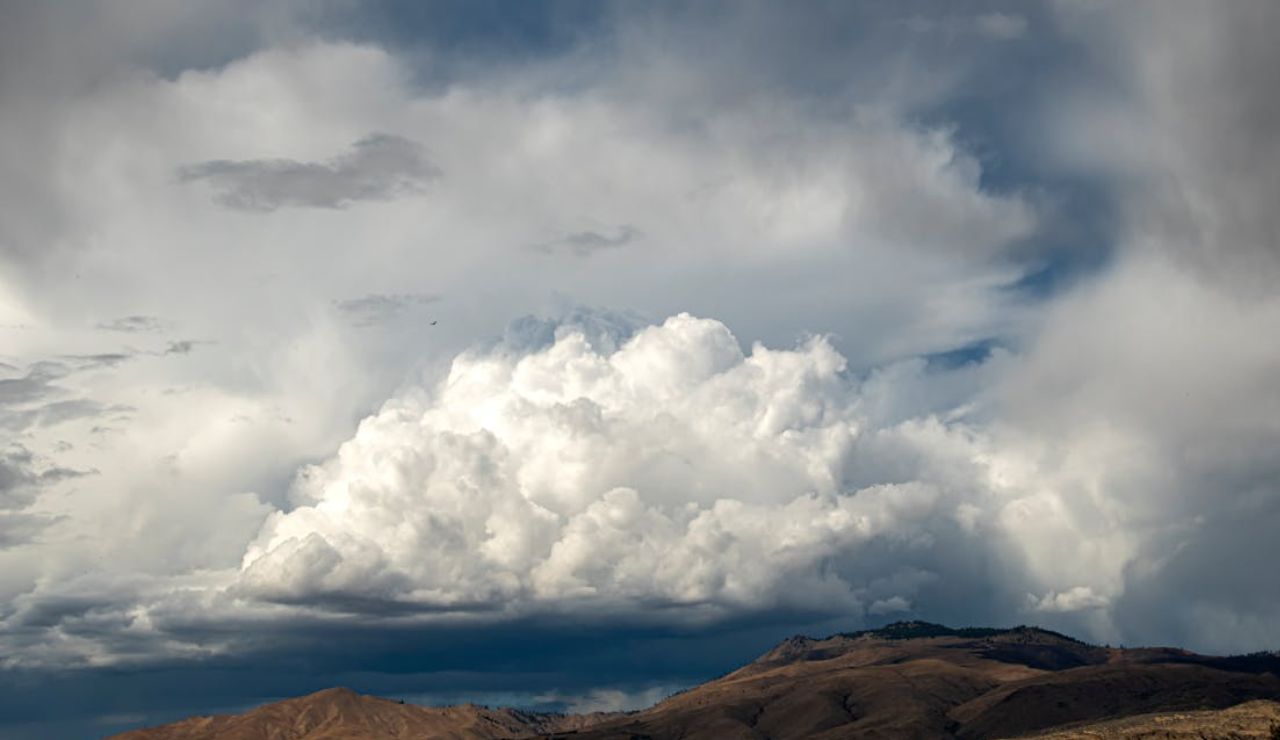
Winters in the Pacific Northwest often come with more than just rain, they also bring extended periods of darkness. Daylight can dwindle to less than eight hours in some areas, especially in December and January. The lack of sun can impact mood, energy, and even sleep cycles. While cozy indoor days appeal to some, others may find the seasonal gloom difficult. If you rely on sunshine to stay upbeat, these short, dim days could be one of the region’s biggest challenges.